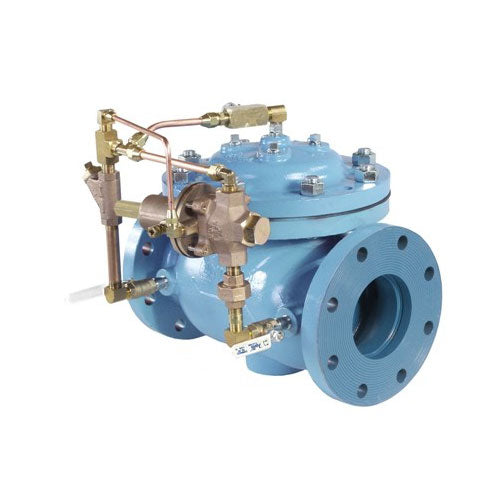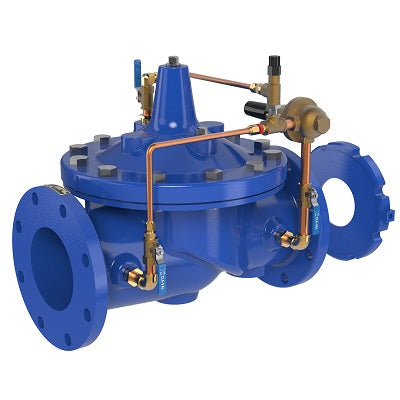
Maximize Energy Savings and Convenience With Advanced Structure Automation Controls
In the realm of modern design and center monitoring, the integration of sophisticated building automation manages stands as an essential improvement. The convergence of innovation and sustainability has birthed a brand-new period where energy performance, convenience optimization, and operational streamlining are no much longer distant ambitions yet obtainable facts. By harnessing the power of automation, structures can adjust, respond, and advance in ways that were when unbelievable. The capacity for substantial power financial savings and improved comfort is not simply a possibility but an assurance waiting to be fulfilled. This paradigm shift in building monitoring holds the crucial to opening a globe where ecological conscientiousness and owner health sympathetically coexist within the wall surfaces of our structures.
Energy Efficiency Conveniences
Energy performance advantages can dramatically minimize power consumption and operational costs in structures. Energy-efficient systems, such as innovative building automation controls, can maximize the use of sources like heating, air conditioning, and lighting, leading to lower energy expenses over time.
In addition, improved power efficiency can prolong the life expectancy of building devices and systems. By running extra efficiently, HVAC systems, light, and various other building components experience much less damage, causing decreased maintenance and substitute costs. In addition, energy-efficient buildings typically command greater property worths and rental prices, supplying long-term economic advantages to owners.
Furthermore, power performance can boost passenger convenience and efficiency. Appropriately managed indoor settings with optimal lights and thermal problems produce a more positive and helpful work area, bring about boosted staff member contentment and efficiency. On the whole, the energy efficiency benefits associated with sophisticated structure automation controls are multifaceted, encompassing expense financial savings, environmental stewardship, and owner wellness.
Enhanced Convenience Control
Enhancing convenience control in structure settings calls for an advanced integration of innovative automation systems for ideal resident health. By utilizing advanced structure automation controls, facilities can tailor the indoor atmosphere to meet the details demands and choices of owners. These systems make it possible for exact policy of temperature, ventilation, and lights, developing a comfortable and productive ambience. Occupant contentment and efficiency are carefully linked to thermal comfort, making it vital to have systems in position that can adjust to changing problems in real-time.
Improved convenience control exceeds standard temperature changes. It includes features such as tailored setups, occupancy sensing units, and all-natural light application to create a dynamic and responsive environment. By including these innovative controls, buildings can not only enhance convenience but additionally enhance power performance by enhancing system operations based upon real tenancy and usage patterns. Inevitably, prioritizing owner comfort via sophisticated automation systems causes an extra satisfying and healthier interior environment.
Functional Efficiency Improvements

In addition, the implementation of real-time tracking and analytics devices enables building operators to recognize energy ineffectiveness and functional abnormalities quickly. By constantly keeping an eye on power usage patterns and system performance metrics, modifications can be made in real-time to optimize energy intake and ensure peak operational effectiveness. control valves. Furthermore, including need reaction strategies into building automation controls can even more improve functional performance by dynamically adjusting energy use based on grid conditions and pricing signals
Indoor Climate Optimization
Reliable interior environment optimization is an essential facet of structure automation controls, making certain occupants' comfort and wellness while making best use of energy savings. By using innovative sensors and controls, building automation systems can continually monitor and adjust temperature level, moisture degrees, air top quality, and ventilation to produce an ideal indoor environment. Keeping comfortable and regular problems not just enhances resident complete satisfaction however also boosts efficiency and total health.
Interior environment optimization also plays an important role in power effectiveness. By fine-tuning air flow, home heating, and cooling systems based on real-time information and tenancy patterns, building automation controls can significantly decrease energy consumption - control valves. Executing methods such as demand-controlled ventilation and thermal zoning can aid minimize energy waste while making certain that each area of the structure receives the essential conditioning.

Sustainable Environment Development
Building automation controls not just maximize interior climate read the article conditions for energy efficiency and owner convenience however also lay the foundation for developing a lasting atmosphere with tactical monitoring of systems and sources. By incorporating sophisticated building automation modern technologies, such as sensing units, actuators, and intelligent software, centers can check and change energy use in real-time to minimize waste and decrease their carbon impact. These systems enable anticipating maintenance, identifying prospective issues prior to they intensify and optimizing tools performance to boost durability and efficiency.
In addition, sustainable setting development extends past energy monitoring to include water preservation, waste reduction, and interior air quality improvement. Building automation controls can regulate water usage, find leaks, and make sure correct garbage disposal methods, adding to overall sustainability initiatives. Furthermore, by keeping an eye on and regulating air flow and filtration systems, these modern technologies enhance passenger health and productivity while lowering energy usage connected with a/c procedures.
Conclusion
Finally, progressed building automation manages deal substantial benefits in terms of energy financial savings, comfort control, operational effectiveness, interior environment optimization, and creating a sustainable atmosphere. By applying these controls, structures can achieve optimal performance while lowering power intake and boosting passenger convenience. It appears that making use of sophisticated automation modern technology is important in enhancing building efficiency and creating a much more lasting future.
Energy efficiency advantages can significantly decrease energy consumption and functional costs in buildings. In general, the energy effectiveness benefits associated with sophisticated building automation controls are diverse, including expense savings, environmental stewardship, and occupant wellness.
Furthermore, incorporating need action approaches right into building automation controls can further boost functional efficiency by dynamically readjusting energy usage based on grid conditions and rates signals.
Building automation regulates not just optimize interior environment conditions for power efficiency and owner comfort but also lay the foundation for creating a lasting environment via tactical management of systems and sources.In conclusion, progressed building automation regulates offer substantial benefits in terms of power cost savings, convenience control, operational performance, indoor environment optimization, and producing i loved this a lasting atmosphere.